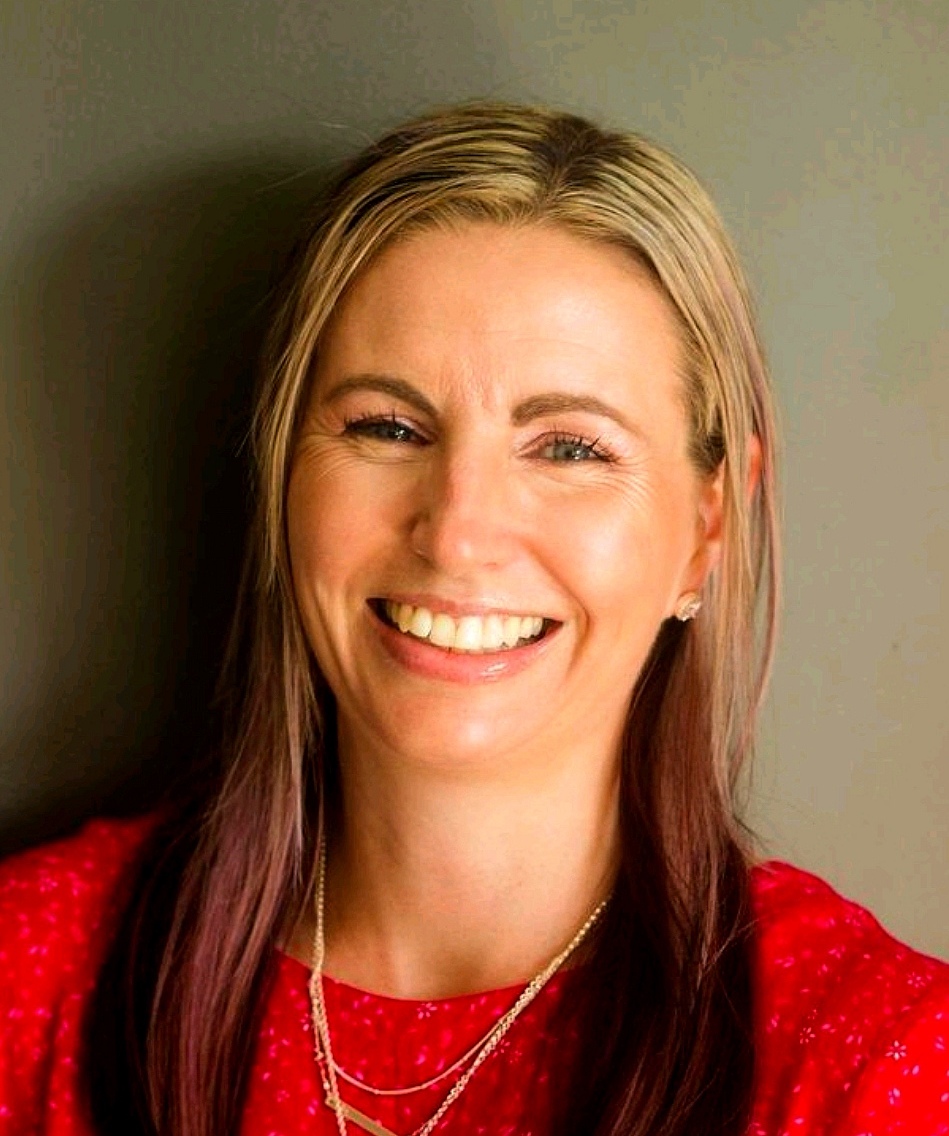How to Develop a Healthcare Simulation Program That Sells Itself
As clinical simulation educators there are some clinical specialties that are drawn to seek out healthcare simulation-based education and there are other clinical specialties that are not engaged in clinical simulation. As a clinical simulation program, there can be a tough balance to push the service that you can offer, and trust that areas in an organization will seek out the clinical simulation service when and as required. The overall goal for clinical simulation educators is to create a healthcare simulation program that will sell itself, and demand for services will occur naturally and passively. There are many ways in which organizations can prime their clinical simulation programs to have participants want to return regularly. This article by Erin Carn-Bennett, RN, MSN, will explore how to leverage and promote a clinical simulation program to create a program that will sell itself.
The Power in Connections Should Not be Understated
Connections are incredibly crucial to the success of a healthcare simulation program. Consider all opportunities offered or recommended to meet new people to start a line of communication. The dividends may not be seen immediately, but that does not mean that the time investment to connect was not worthwhile. Instead of looking at people as potential work generation, treat them as people first and build connections through storytelling. If trust and connections are made through storytelling, collaboration will occur more easily. When personal and professional connections occur, the payoffs will result in greater than expected levels.
Sponsored Content:
The international healthcare simulation community has a wonderful culture of connection and wants to assist others to grow and expand. Seek as many connections as possible through local and international methods for the healthcare simulation program. Issues faced within the international clinical simulation community are similar themes despite location. The international clinical simulation community is worthwhile to forge connections with. Within social media platforms such as facebook there are wonderful private groups such as “SimulationTechnician Network” which has so much support and information. Twitter and Linkedin are also great to connect in with international clinical simulation communities with organizations such as: IPSS, INACSL, SSH, and of course, HealthySimulation.com
Participants’ Needs Must be Central to All Clinical Simulation Courses
For healthcare simulation programs across the world, the need to listen to the needs of clinical simulation participants’ voices and needs first and foremost will assist in clinical simulation participants who want to return for more clinical simulation in the future. A healthcare simulation program centered around the participants’ needs and voices is far more likely to be in high demand. When the learner’s needs are the center of a clinical simulation program, the learner will not only want to return but encourage others to attend the clinical simulation scenarios.
There is a high level of emphasis placed on participant psychological safety and confidentiality and the removal of assumptions for healthcare simulation staff members. Therefore, the vibe of a place of safety is essential for healthcare simulation faculty and the associated staff by others. The creation of a space that holds clinical simulation participants in a psychologically safe manner during clinical simulation and extends this to outside of the clinical simulation-based education space will also draw participants to want to return for more clinical simulation. A high level of trust between faculty and clinical simulation participants will mean that clinical simulation participants will want to return to further healthcare simulation based education. The opportunity to build trust with clinical simulation participants when there is distress expressed outside of clinical simulation can pay off in a number of ways in the long run. For example: A clinical simulation participant may see clinical simulation staff outside of a clinical simulation environment and feel safe to disclose an event which has been of distress. Due to the psychological safety built within clinical simulation; clinical simulation participants will often feel comfortable to open up to clinical simulation staff about other concerns within the organization.
Sponsored Content:
At times, some participants may not trust faculty due to previous experiences with clinical simulation based education. Efforts to build trust with those who access the clinical simulation program will pay off in dividends over time. For many clinical simulation participants who had a negative experience in their first clinical simulation, the negativity can carry over into any future clinical simulation based education scenarios. As clinical simulation faculty, patience and time will build a strong and trusted relationship with such participants. These trustful relationships will all help to create a program that people will want to be a part of as a participant. Despite numerous technological advances in the healthcare simulation space, nothing will ever replace the value and strength of human-to-human connection at people’s most vulnerable moments in life.
View the LEARN CE/CME Platform Webinar Successful Healthcare Simulation Leadership: Tools to Make a Difference to learn more!
Wherever possible, agendas and assumptions by clinical simulation faculty should be parked, and the participants’ voices should be paramount. When clinical simulation participants’ voices are aired and heard, there will naturally be an increased demand to return for more clinical simulation. Faculty efforts should be ongoing to remember that the healthcare simulation scenario is all about the clinical simulation participants’ experience and the reflection that occurs as a catalyst from the experience.
Review Healthcare Simulation Program Performances on a Regular Basis
Regular performance reviews in healthcare simulation should be an embedded and standardized practice. This may occur through formalized post-course surveys by clinical simulation participants. Clinical simulation faculty peers and faculty reflections on their own performance as part of the review process. Constantly reaching out to achieve more and wanting to improve continuously shows clinical simulation participants and consumers your clinical simulation service always wants to improve.
Be open to the fact that errors will be made in clinical simulation scenarios and debriefing. As clinical simulation faculty, do not shy away from ownership of errors made. Even if clinical simulation participants may not have noticed the error, the ownership of these errors can help to build trust through demonstration of vulnerability and truth-telling.
Always continue wanting to improve or be open in this process to want to improve constantly. Vulnerability builds trust and an interest to engage with a clinical simulation program that does not seek to settle and forever wants to improve. A growth mindset and a yes culture are attractive features of a clinical simulation program. Trust in the process and team members to do their best and draw in future interest in collaboration with the healthcare simulation program.
This article has explored how to build a healthcare simulation program that will sell itself. There has been discussion around strategies that can be applied to increase the likeliness of a successful clinical simulation program. Connection, storytelling, and human-to-human connection are factors that can not be replaced in terms of success in building relationships and trust with a clinical simulation program. Psychological safety and constant review processes have been discussed as tools to engage and retain consumers in a clinical simulation program. With work to establish trust and connection with others, clinical simulation participants won’t be able to help but want to return to the clinical simulation program for more.
Learn More About Creating and Implementing a Successful Simulation Program!
Erin Carn-Bennett is a Simulation Nurse Educator for the Douglas Starship Simulation Programme in Auckland, New Zealand. Carn-Bennett has her Masters of Nursing and has an extensive nursing career within pediatric emergency and also nursing management. She is passionate about debriefing and all things simulation. Carn-Bennett is a member of the IPSS board of directors. Carn-Bennett is the lead host of the podcast Sim Nurse NZ.
Sponsored Content:



















